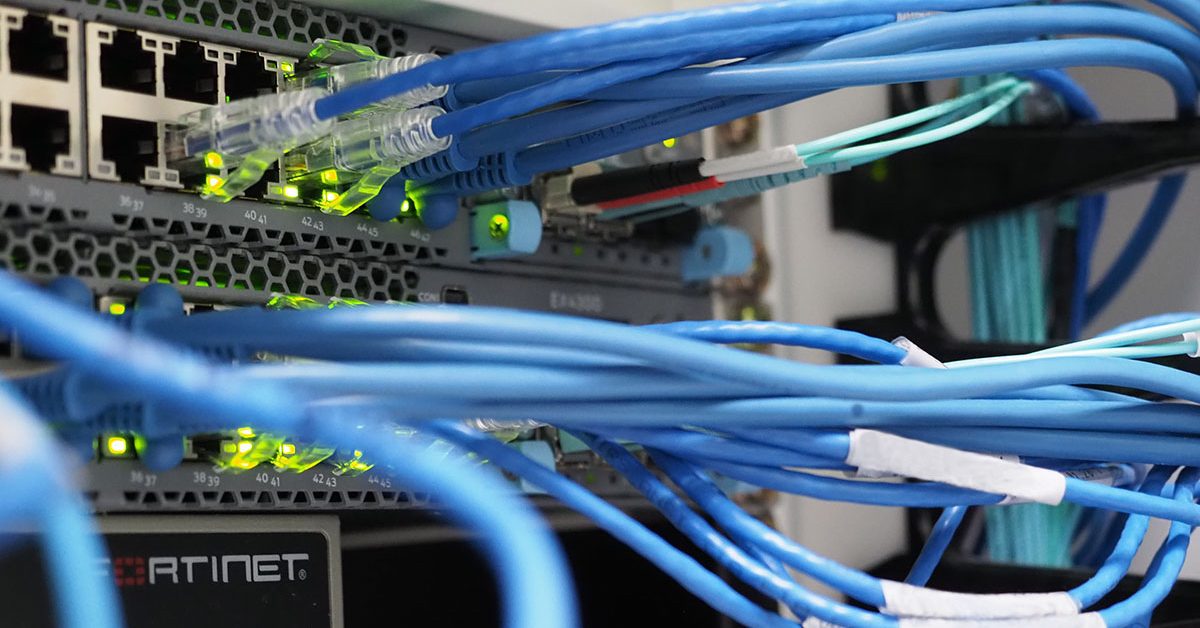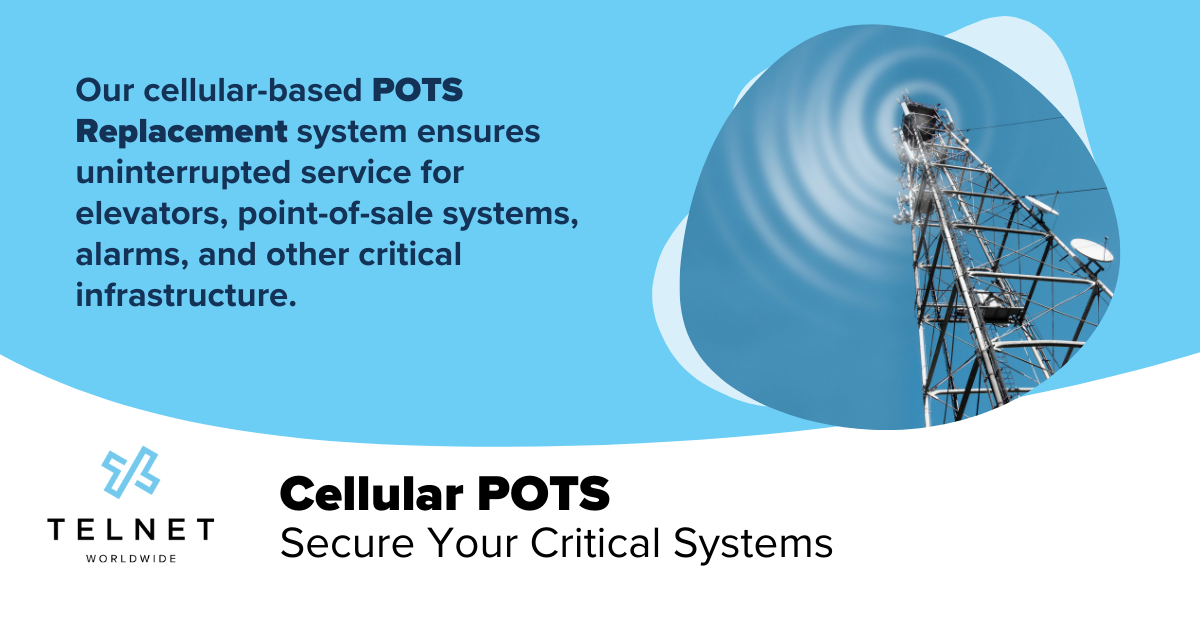Have you ever wondered what goes on when you place a call with your IP-PRI solution through to the PSTN (Public Switched Telephone Network)? While it’s easy to imagine that it’s just one signal traveling from the dispatching end to the receiving end, it actually involves going through a number of different processes, including — most importantly — a SIP gateway.
What is a SIP Gateway?
A SIP Gateway is a device that processes and transmits voice data from an analog device to a digital device. SIP gateways are used with legacy phone systems to enable IP-PRI and can come in two forms:
- Physical devices
- Software
If you’re using an older, on-premise PBX, it will use a physical SIP gateway to transmit an analog signal into a digital format. But if you’re using a program that supports voice and/or video data, chances are it’s using SIP gateway software to process your data.
How Does a SIP Gateway Work?
A SIP gateway works by converting analog signal from a legacy PBX into digital data so that it can be sent through a router over the internet, as you can see in the diagram below. The data is then sent to other gateways or a telephone network. Let’s take a closer look:

- At the beginning of a call, a signal will travel over PRI channels from your on-premise PBX to a SIP gateway.
- The signal then converts from an analog signal (PRI) into a digital signal (SIP) as it moves through the SIP gateway.
- The SIP signal will then travel over an internet connection to the PSTN
Is There a Difference Between a SIP Gateway and a VoIP Gateway?
While SIP gateways and VoIP gateways both send data over an internet protocol, they’re not exactly the same.
Think of VoIP as an overarching category that includes many different voice solutions. One of those solutions is SIP. This idea can be similarly applied to the difference between a SIP and VoIP gateway; a SIP gateway will convert data into its specific protocol signal (session initial protocol), while a VoIP gateway can convert SIP, as well as other VoIP services depending on the PBX ability.
Note: Sometimes SIP gateways can be combined with VoIP gateways depending on the configuration of your phone system. This can help optimize your data traffic in case you’re running several different kinds of data such as voice and video traffic.
Moving Closer to the Cloud
If you’re using a legacy PBX and aren’t ready to invest in a fully cloud-based PBX, pairing it with a SIP gateway may be the right move. By utilizing a gateway, you take that first step toward bringing your phone system to the cloud, allowing for new features like call forwarding, caller ID and business continuity.
Related Articles:
What is SIP Trunking?
What is SIP Calling?
Upgrading Your PRI





